Why wage growth might be better than everyone thinks
Thanks, low inflation
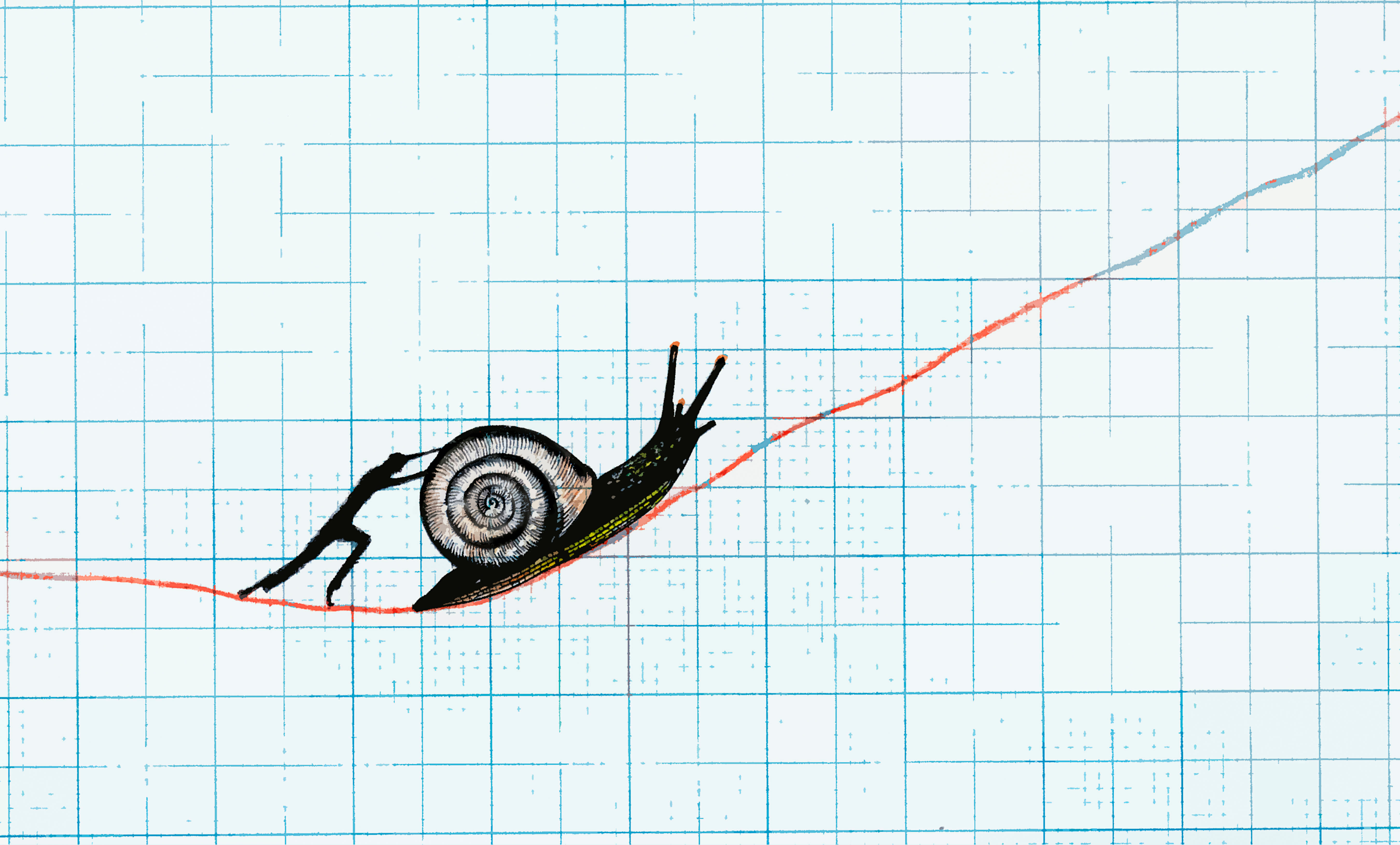

Overall, October's jobs numbers weren't amazing. But they were solid: A respectable 161,000 jobs added to the U.S. economy, and the unemployment rate ticked down to 4.9 percent from 5 percent.
The most interesting factoid was further down in the report: the rate of nominal wage growth. That's how fast the average hourly wages of all workers in the private sector (minus farm workers) are increasing. In October, that rate hit 2.8 percent.
That's good news, because that's the highest it's been since before the Great Recession. "Best wage growth in seven years," blared CNBC, saying the new numbers could convince the Federal Reserve it's time to actually cool the economy off with an interest rate hike.
The Week
Escape your echo chamber. Get the facts behind the news, plus analysis from multiple perspectives.

Sign up for The Week's Free Newsletters
From our morning news briefing to a weekly Good News Newsletter, get the best of The Week delivered directly to your inbox.
From our morning news briefing to a weekly Good News Newsletter, get the best of The Week delivered directly to your inbox.
But it's also bad news, because it's still well below the 4 percent we hit in the boom of the late 1990s, and again at the peak of the business cycle in the 2000s. The Economic Policy Institute keeps a tracker of nominal wage growth, and points out that "it will take wage growth of at least 3.5 to 4 percent for workers to begin to reap the benefits of economic growth and to achieve a genuine recovery from the Great Recession." If that's our benchmark for a healthy economy firing on all cylinders, we're still a ways off.
But should that be our benchmark?
One thing to remember is that this metric of wage growth doesn't factor out inflation. That's why it's called "nominal wage growth." If nominal wage growth is 4 percent, but inflation is also running at 4 percent, then workers aren't actually seeing any increase in their living standards. Real wage growth is zero.
There are good reasons for why we still look mainly at nominal wage growth. Fundamentally, a healthy economy is one where workers have widespread bargaining power and aren't simply at the mercy of their bosses for a paycheck. And the pay scales employers and employees haggle over are all in nominal terms. So nominal wage growth is what gives us a sense of how much clout workers have.
A free daily email with the biggest news stories of the day – and the best features from TheWeek.com
But it's still important to remember the nominal-versus-real distinction, because sometimes odd situations arise. Like now.
Nominal wage growth may still be underperforming, but inflation is super low, at just 1.5 percent. That means workers are seeing real wage growth of 1.3 percent.
Here's the rate of nominal wage growth in blue, and inflation in red, going back to 1960. (The blue line gives at at 1965 because we don't have the data before then.)
As you can see, there are a lot of times when inflation is running as high as nominal wage growth or higher, meaning real living standards aren't rising. But in the peak of the 1990s boom, the gap between wage growth and inflation was pretty big: Real wage growth was over 2 percent. It was 1.3-to-1.5 percent at the peak of the 2000s cycle.
So the 1.3 percent in real wage gains that workers are enjoying now look pretty good.
This raises the question, have we entered a new normal? Is it possible we actually don't need nominal wage growth to get back to the old benchmark of 4 percent, because real wage growth is already solid?
Maybe.
You can also see from the chart that inflation has been trending steadily downward over the last 35 years. Economists refer to that as the "Great Moderation," and there's a big debate over what caused it. Maybe it's big structural changes in the economy; or maybe the Federal Reserve has just gotten really good at controlling inflation expectations. But if inflation continues on this trend — and, despite jitters at the Fed, there's no sign it's about to pick up — then we could be in for an extended period where workers can get real and lasting gains without nominal wage growth getting back to the 4 percent benchmark.
In fact, if you look back at the 1960s, inflation was remarkably low then too. And while the wage data doesn't go all the way back, in 1965 nominal wages were growing at just 3.2 percent — higher than today, but not all that higher, and closer to today's rate than 4 percent. So the 1960s — the second half of the mid-century economic golden age we all remember so fondly — may have been another example of serious real wage gains happening despite nominal wage growth that wasn't super high.
But there are reasons to be skeptical, too.
Inflation itself is also a sign of strong worker bargaining power: When employers are competing for labor, they have to outbid each other by offering higher wages, and that often translates into higher prices. Now, if productivity growth is also strong, then inflation need not rise, because companies creating more value at less cost is what provides the money for higher wages. That takes the pressure off prices. And by all accounts productivity growth was very high in the 1960s.
The problem is it's all but disappeared today. So the chances that we've got an economy that was strong in the same way the 1960s economy was strong are slim.
The massive collapse in oil prices that happened in 2014 is another big reason why inflation is as low as it is. In fact, if you calculate the rate of price increase without including energy and food prices (green line), the gap between wage growth and inflation goes away almost entirely.
This doesn't mean the current real gains workers are enjoying are any less, well, real. Cheap food and cheap gas help people out a lot. But it does suggest the current real wage growth is a fragile and temporary thing, and could vanish as soon as the oil market rebounds.
There are other signs that the economy is still struggling, albeit with a temporary reprieve from the global oil glut. Labor force participation, the prime age employment ratio, and underemployment are all still noticeably down (or up, in underemployment's case) compared to where they were before the 2008 crisis. Nonwhite workers are still getting hammered by high unemployment levels.
So while there's a chance we've entered a new normal, we probably shouldn't bet on it.
Jeff Spross was the economics and business correspondent at TheWeek.com. He was previously a reporter at ThinkProgress.
-
 ‘Stakeknife’: MI5’s man inside the IRA
‘Stakeknife’: MI5’s man inside the IRAThe Explainer Freddie Scappaticci, implicated in 14 murders and 15 abductions during the Troubles, ‘probably cost more lives than he saved’, investigation claims
-
 The UK’s best Christmas pantos
The UK’s best Christmas pantosThe Week Recommends Dive into the festive cheer, even into the new year, with some traditional favourites and modern twists
-
 The longevity economy is booming as people live longer
The longevity economy is booming as people live longerThe Explainer The sector is projected to reach $27 trillion by 2030
-
 The pros and cons of noncompete agreements
The pros and cons of noncompete agreementsThe Explainer The FTC wants to ban companies from binding their employees with noncompete agreements. Who would this benefit, and who would it hurt?
-
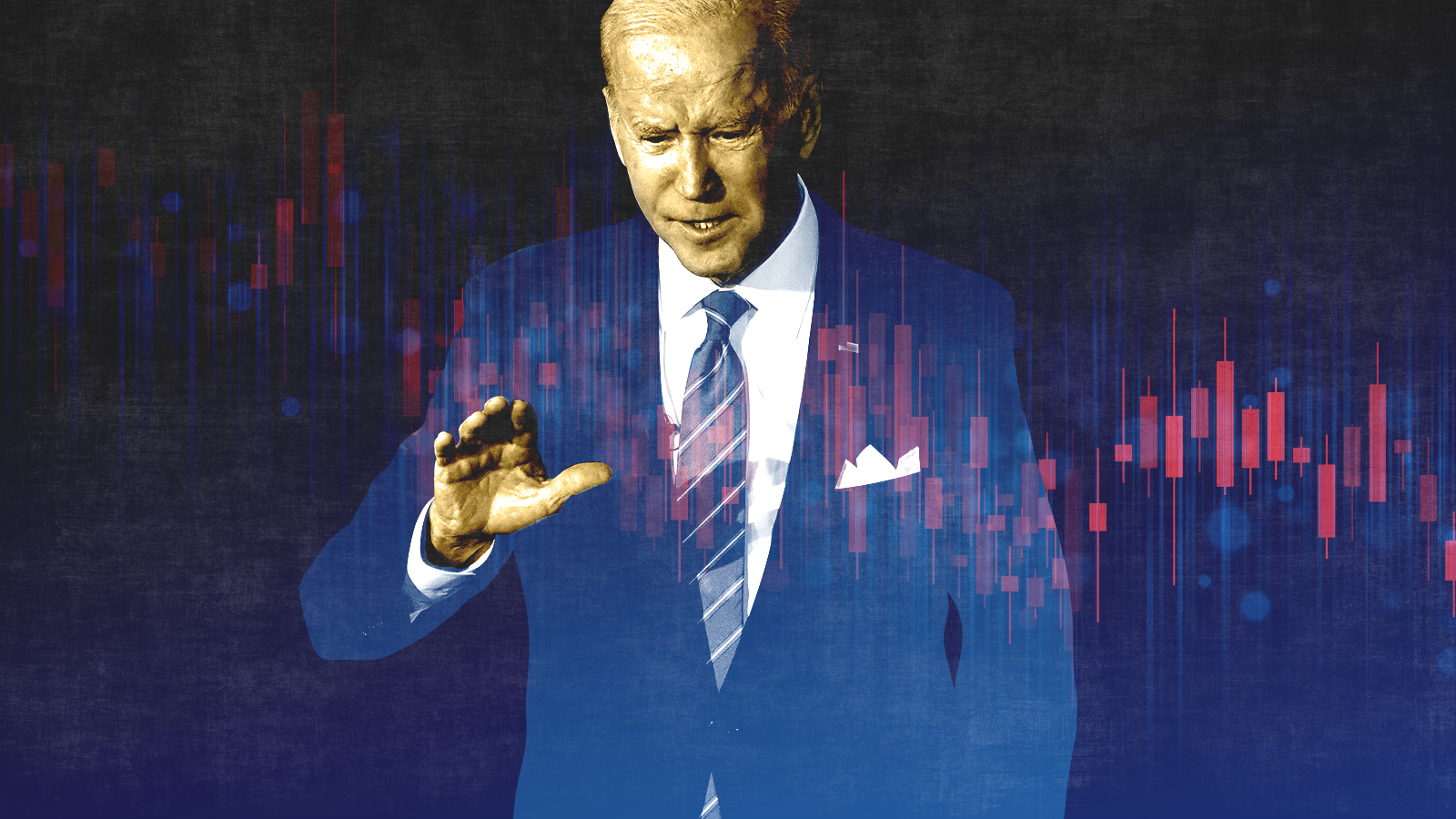 What experts are saying about the economy's surprise contraction
What experts are saying about the economy's surprise contractionThe Explainer The sharpest opinions on the debate from around the web
-
 The death of cities was greatly exaggerated
The death of cities was greatly exaggeratedThe Explainer Why the pandemic predictions about urban flight were wrong
-
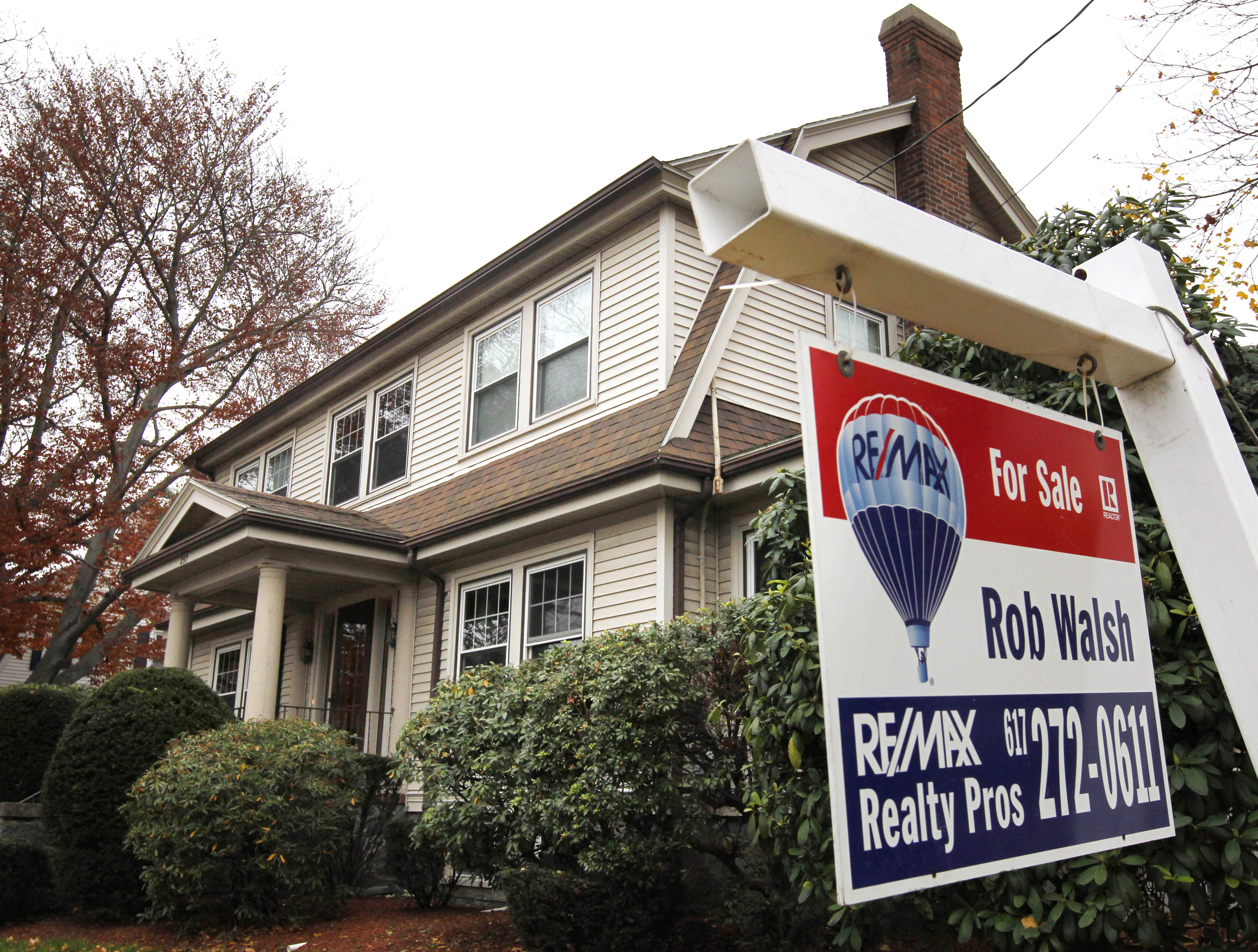 The housing crisis is here
The housing crisis is hereThe Explainer As the pandemic takes its toll, renters face eviction even as buyers are bidding higher
-
 How to be an ally to marginalized coworkers
How to be an ally to marginalized coworkersThe Explainer Show up for your colleagues by showing that you see them and their struggles
-
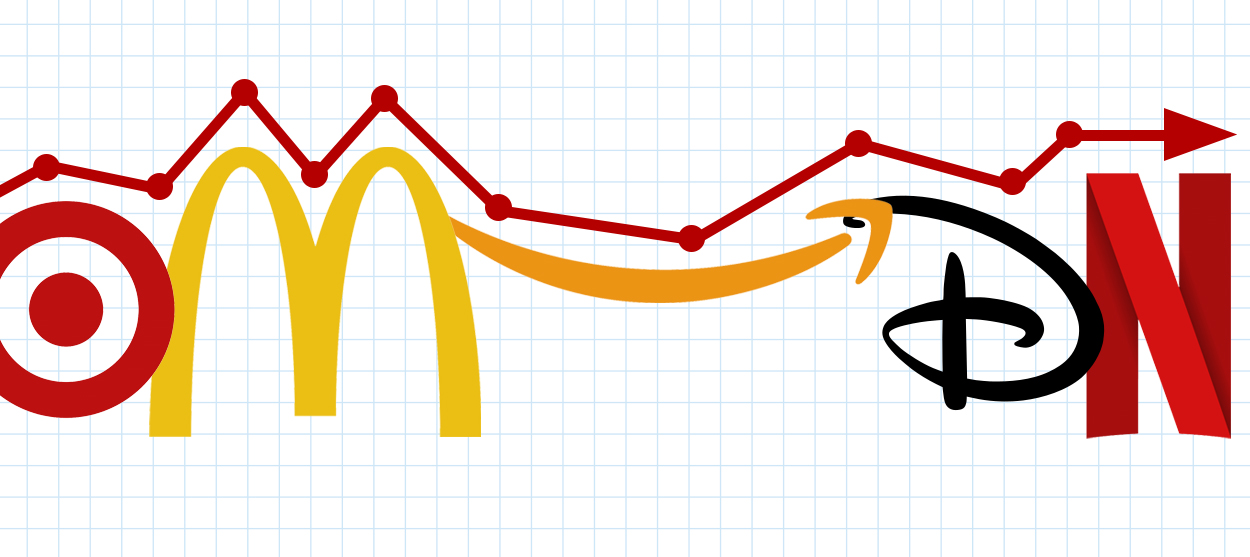 What the stock market knows
What the stock market knowsThe Explainer Publicly traded companies are going to wallop small businesses
-
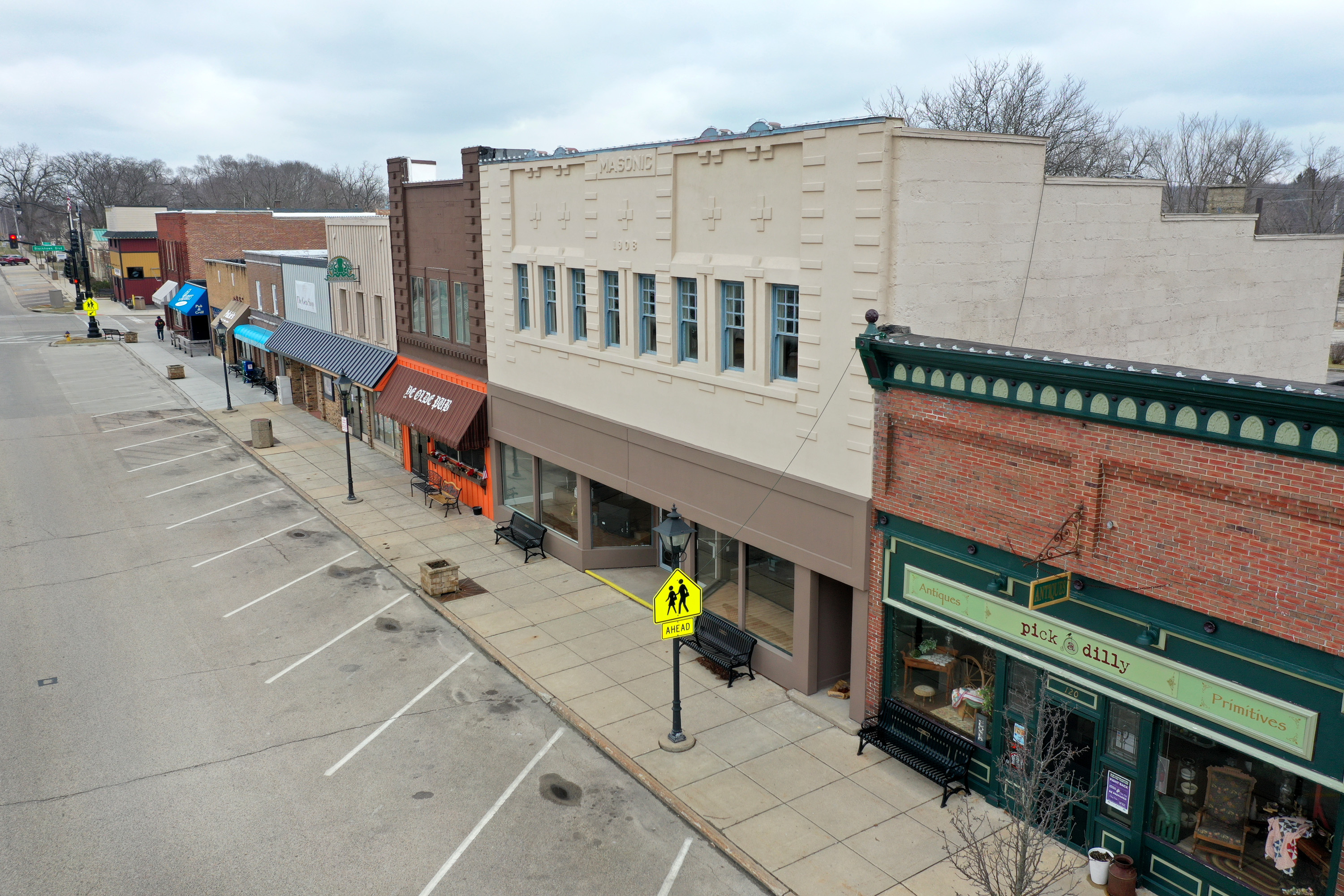 Can the government save small businesses?
Can the government save small businesses?The Explainer Many are fighting for a fair share of the coronavirus rescue package
-
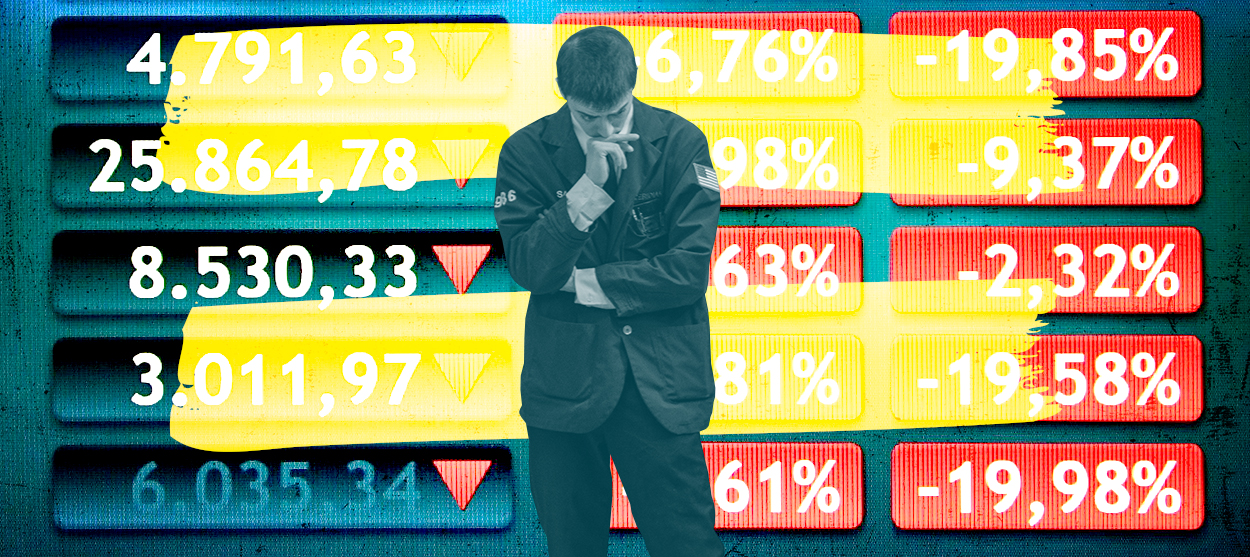 How the oil crash could turn into a much bigger economic shock
How the oil crash could turn into a much bigger economic shockThe Explainer This could be a huge problem for the entire economy
